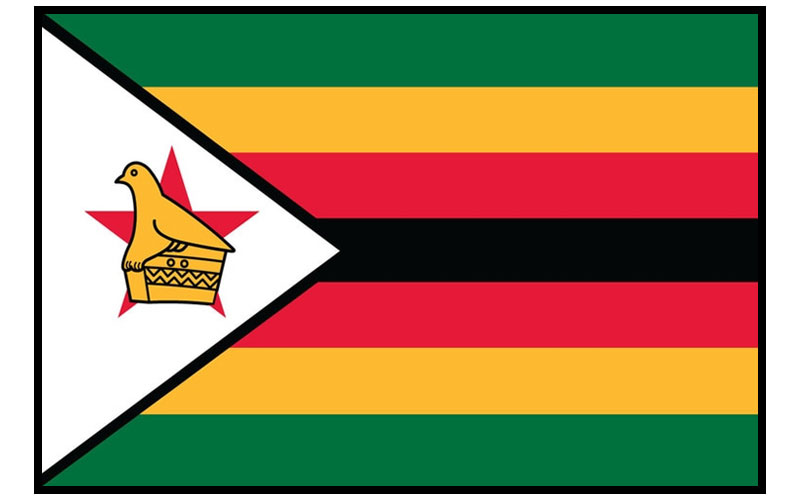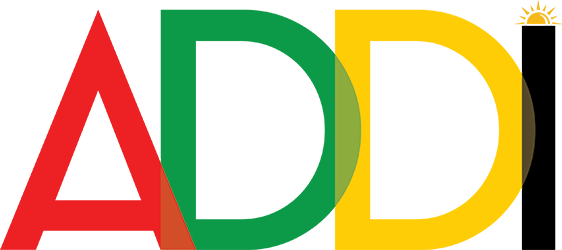
President: Robert Mugabe (1980)
Land area: 149,293 sq mi (386,669 sq km); total area: 150,804 sq mi (390,580 sq km)
Population (2014 est.): 13,771,721 (growth rate: 4.36%); birth rate: 32.47/1000; infant mortality rate: 26.55/1000; life expectancy: 55.68; density per sq mi: 57
Capital and largest city (2011 est.): Harare, 1.542 million
Other large cities: Bulawayo, 653,337; Chitungwiza, 356,840
Monetary unit: Zimbabwean dollar
Republic of Zimbabwe
Languages: English (official), Shona, Ndebele (Sindebele), numerous minor tribal dialects
Ethnicity/race: African 98% (Shona 82%, Ndebele 14%, other 2%), mixed and Asian 1%, white less than 1%
Religions: syncretic (part Christian, part indigenous beliefs) 50%, Christian 25%, indigenous beliefs 24%, Muslim and other 1%
Literacy rate: 83.6% (2011 est.)
Economic summary: GDP/PPP (2013 est.): $7.496 billion; per capita $600 (2013 est.). Real growth rate: 3.2%. Inflation: 8.5% (2013 est.). Unemployment: 95%. Arable land: 10.49%. Agriculture: corn, cotton, tobacco, wheat, coffee, sugarcane, peanuts; sheep, goats, pigs. Labor force: 3.939 million (2013); agriculture 66%, services 24%, industry 10% (1996). Industries: mining (coal, gold, platinum, copper, nickel, tin, clay, numerous metallic and nonmetallic ores), steel; wood products, cement, chemicals, fertilizer, clothing and footwear, foodstuffs, beverages. Natural resources: coal, chromium ore, asbestos, gold, nickel, copper, iron ore, vanadium, lithium, tin, platinum group metals. Exports: $3.144 billion (2013 est.): platinum, cotton, tobacco, gold, ferroalloys, textiles/clothing. Imports: $4.571 billion (2013 est.): machinery and transport equipment, other manufactures, chemicals, fuels, food products. Major trading partners: South Africa, China, Democratic Republic of Congo, Italy Botswana (2012).
Communications: Telephones: main lines in use: 301,600 (2012); mobile cellular: 12.614 million (2012). Radio broadcast stations: Government owns all local radio and TV stations; foreign shortwave broadcasts and satellite TV are available to those who can afford antennas and receivers; in rural areas, access to TV broadcasts is extremely limited (2007). Radios: 1.14 million (1997). Television broadcast stations: 16 (1997). Televisions: 370,000 (1997). Internet Service Providers (ISPs): 30,615 (2012). Internet users: 1.423 million (2009).
Transportation: Railways: total: 3,427 km (2008). Highways: total: 97,267 km ; paved: 18,481 km ; unpaved: 78,786 km (2002 est.). Waterways: Some navigation possible on Lake Kariba (2011). Ports and harbors: Binga, Kariba. Airports: 196 (2013).
Fun Facts
- It is illegal in Zimbabwe for the police to impound your vehicle on the road. The only occasion when they can do so is when they ask you to produce your driver’s license.
- Zimbabwe has won a total of eight medals at the Olympic Games in two sports – hockey and swimming.
- In 2008, Zimbabwe experienced a whopping 231 million percent inflation.
- Manufacturing, mining, and farming constitute the backbone of the Zimbabwean economy.
- In Zimbabwe, there is a strong belief that mermaids exist.
